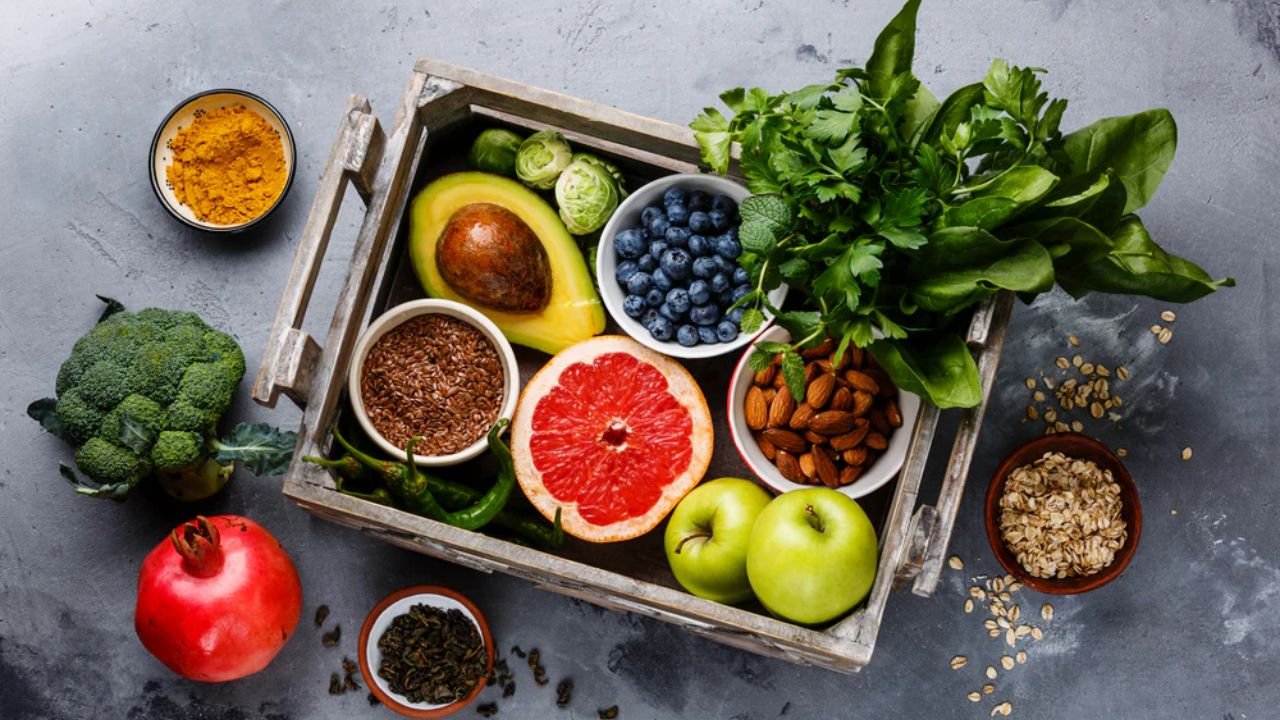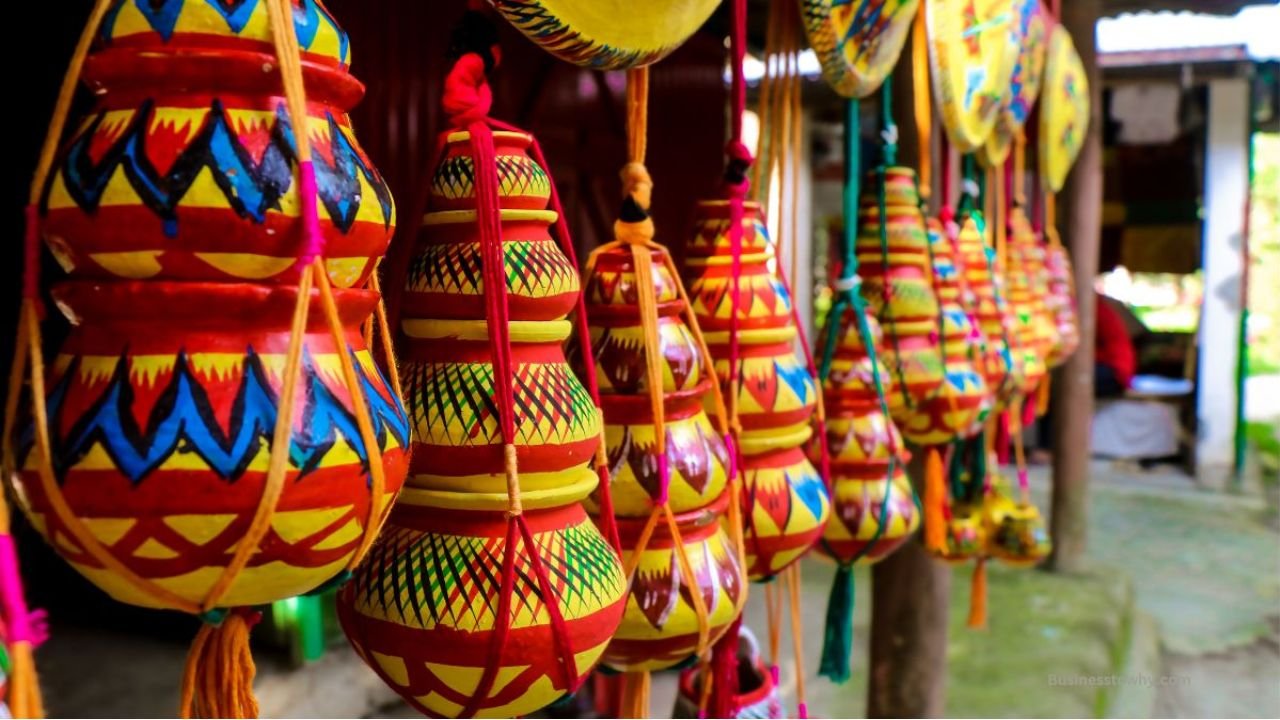If you’ve scrolled through Instagram or Pinterest lately, you’ve likely come across the stunning Monstera Albo. This captivating plant, known for its beautiful white and green variegated leaves, has captured the hearts of plant enthusiasts and newbie gardeners alike. But what exactly is a Monstera Albo, and why has it become such a plant collector’s dream? In this guide, we’ll take you through everything you need to know about the Monstera Albo, from its unique characteristics and growing conditions to care tips and troubleshooting common issues. Whether you’re a seasoned plant parent or just starting out, this comprehensive guide will help you nurture your Monstera Albo to perfection.
What is Monstera Albo?
Brief Overview
The Monstera Albo, scientifically known as Monstera deliciosa ‘Albo Borsigiana,’ is a variegated variety of the popular Monstera deliciosa. This plant boasts striking white and green leaves that are split in a characteristic fenestration pattern, making it a true showstopper in any indoor garden. Originating from the tropical rainforests of Central and South America, this plant thrives in humid, warm conditions, mimicking its natural habitat.
Importance and Popularity
Monstera Albo has gained immense popularity among plant enthusiasts due to its eye-catching appearance and rarity. Unlike its solid green cousin, the Monstera deliciosa, the Albo variety offers a unique aesthetic that makes it highly sought after. Its variegated leaves, marked by random patches of white, give it a marbled effect that adds a touch of elegance to any space. This plant is not only a visual delight but also a conversation starter, making it a prized possession for plant collectors.
Description and Characteristics
Physical Appearance
Monstera Albo is easily identifiable by its large, heart-shaped leaves adorned with white and green variegation. The white patches can range from small speckles to large sections, creating a unique pattern on each leaf. Mature leaves develop iconic splits and holes, known as fenestrations, adding to the plant’s dramatic appearance. Typically, this plant can grow up to 10-15 feet tall indoors, given the right conditions.
Unique Features
One of the standout features of the Monstera Albo is its variegation pattern, which results from a genetic mutation. This variegation is not only aesthetically pleasing but also rare, making each plant unique. Unlike other Monstera varieties, the Albo’s white sections lack chlorophyll, which can affect its growth rate and care needs. Despite these challenges, the Monstera Albo remains a favorite for its striking beauty and the sense of exclusivity it brings to a collection.
Growing Conditions
Light Requirements
Monstera Albo thrives in bright, indirect light. Direct sunlight can scorch its leaves, particularly the white variegated sections, while insufficient light can lead to leggy growth and loss of variegation. Place your Monstera Albo near a north or east-facing window where it can receive filtered light throughout the day. If natural light is limited, consider using a grow light to supplement its needs.
Soil and Potting
For optimal growth, plant your Monstera Albo in well-draining soil rich in organic matter. A mix of potting soil, perlite, and orchid bark works well to provide the right balance of moisture retention and drainage. Choose a pot with drainage holes to prevent water from stagnating at the bottom, which can lead to root rot. Repotting every 2-3 years or when the plant outgrows its pot will help maintain healthy growth.
Watering Needs
Monstera Albo prefers to be kept evenly moist but not soggy. Water your plant when the top inch of soil feels dry to the touch. Overwatering can lead to root rot, while underwatering may cause the leaves to droop and become crispy. During the growing season (spring and summer), you may need to water more frequently, whereas in fall and winter, reduce the watering frequency as the plant’s growth slows down.
Temperature and Humidity
This tropical plant thrives in warm temperatures between 65-80°F (18-27°C). Avoid placing it in drafty areas or near cold windows during winter. High humidity levels, around 60-80%, are ideal for Monstera Albo. To maintain humidity, consider using a humidifier, placing a pebble tray with water under the pot, or misting the leaves regularly. Inadequate humidity can cause the edges of the leaves to brown and curl.
Care and Maintenance
Fertilization
Feeding your Monstera Albo with a balanced, water-soluble fertilizer during the growing season will promote lush growth and vibrant variegation. Apply the fertilizer every 4-6 weeks, diluting it to half the recommended strength to avoid over-fertilization, which can damage the roots. Look out for signs of nutrient deficiencies, such as yellowing leaves, and adjust your fertilization routine accordingly.
Pruning and Training
Regular pruning helps maintain the shape and health of your Monstera Albo. Remove any yellow or damaged leaves with clean, sharp scissors to encourage new growth. You can also prune to control the plant’s size and promote bushier growth. Training your Monstera Albo to climb a moss pole or trellis mimics its natural growth habit and provides support for its aerial roots, enhancing its overall appearance.
Common Pests and Diseases
Like most houseplants, Monstera Albo is susceptible to pests such as spider mites, aphids, and mealybugs. Regularly inspect your plant for signs of infestation, such as tiny webs (spider mites), sticky residue (aphids), or cottony masses (mealybugs). Treat pests with insecticidal soap or neem oil, and isolate the affected plant to prevent the pests from spreading. Root rot, caused by overwatering, can be treated by trimming affected roots and repotting in fresh, well-draining soil.
Propagation
Methods of Propagation
Monstera Albo can be propagated through stem cuttings or air layering, both of which are effective methods for producing new plants. Stem cuttings involve taking a section of the stem with at least one node and rooting it in water or soil. Air layering involves creating a small wound on the stem, wrapping it with moist sphagnum moss, and securing it with plastic wrap until roots develop.
Step-by-Step Guide
To propagate via stem cuttings:
- Using a clean, sharp knife, cut a section of the stem below a node.
- Place the cutting in water or moist soil, ensuring the node is submerged.
- Keep the cutting in a warm, bright location with indirect light.
- Once roots develop, transplant the cutting into a pot with well-draining soil.
For air layering:
- Make a small incision on the stem just below a node.
- Wrap the incision with damp sphagnum moss and secure it with plastic wrap.
- Keep the moss moist and wait for roots to develop.
- Once roots are visible, cut the rooted section from the parent plant and pot it up.
Tips for Successful Propagation
Successful propagation depends on maintaining the right conditions. Keep the humidity high and avoid exposing cuttings to direct sunlight. Patience is key, as it may take several weeks for roots to develop. Using a rooting hormone can also increase the chances of successful rooting.
Troubleshooting Common Issues
Leaf Discoloration
Yellowing or browning leaves can be caused by various factors, including incorrect watering, insufficient light, or nutrient deficiencies. If you notice yellow leaves, check the soil moisture and adjust your watering routine. Brown leaf edges may indicate low humidity, so consider increasing the humidity around your plant.
Slow Growth
Several factors can affect the growth rate of your Monstera Albo, including light, temperature, and nutrient availability. Ensure your plant receives bright, indirect light and maintain optimal temperature and humidity levels. Providing regular feedings with a balanced fertilizer can also encourage faster growth.
Buying Guide
Where to Buy
Monstera Albo can be purchased from reputable nurseries, plant shops, and online stores. Look for sellers with positive reviews to ensure you receive a healthy plant. Some popular online retailers include Etsy, eBay, and specialized plant websites.
Price Range
The cost of a Monstera Albo can vary based on its size and variegation level. Small cuttings can range from $50 to $150, while larger, established plants can cost several hundred dollars. Keep in mind that plants with higher variegation tend to be more expensive due to their rarity.
What to Look For
When selecting a Monstera Albo, look for healthy, vibrant leaves with clear variegation patterns. Avoid plants with yellowing or damaged leaves, as these may indicate underlying health issues. Check for pests and ensure the plant has a well-developed root system.
You May Also Like: Conquering Disney World Headaches for a Magical Experience
Conclusion
Caring for a Monstera Albo can be a rewarding experience for plant enthusiasts and beginner gardeners alike. By understanding its unique needs and providing the right growing conditions, you can enjoy the beauty and elegance of this stunning plant in your home. Remember to stay attentive to its care requirements, and don’t hesitate to seek advice from fellow plant lovers or professionals if you encounter any challenges. Happy gardening!
FAQs
How often should I water my Monstera Albo?
Water your Monstera Albo when the top inch of soil feels dry to the touch. This usually means watering every 1-2 weeks, depending on the humidity and temperature in your home.
Can Monstera Albo grow in low light?
While Monstera Albo can tolerate low light, it thrives in bright, indirect light. Insufficient light can lead to leggy growth and reduced variegation.
How can I increase humidity for my Monstera Albo?
Increase humidity by using a humidifier, placing a pebble tray with water under the pot, or misting the leaves regularly. Grouping plants together can also help maintain higher humidity levels.
How do I know if my Monstera Albo is overwatered?
Signs of overwatering include yellowing leaves, a mushy stem, and a foul odor from the soil. If you suspect overwatering, allow the soil to dry out and adjust your watering routine accordingly.
Can I propagate Monstera Albo in water?
Yes, Monstera Albo can be propagated in water. Place the cutting in a jar of water, ensuring the node is submerged. Change the water regularly and wait for roots to develop before transplanting into soil.










